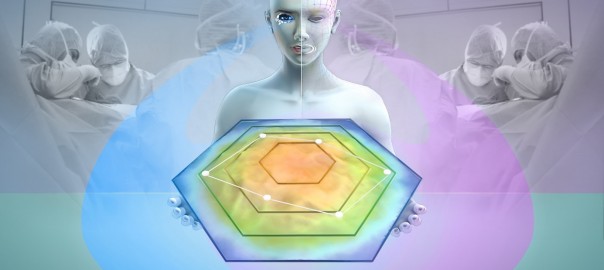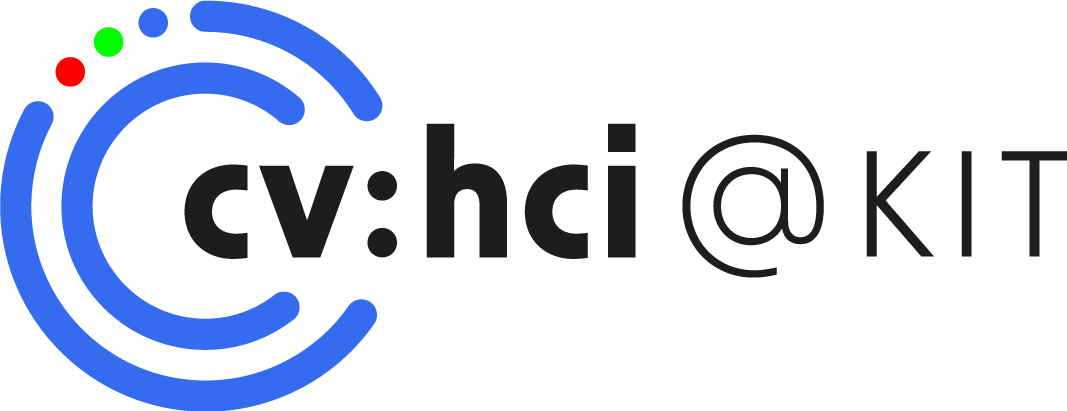Health Care
Highlights
- Intensive Care Unit Monitoring
- Sleep Analysis for Elderly Care: Nursery Homes and Ageing at Home
- Non-intrusive Life Signal Acquisition and Analysis
- Interactive Systems for Engagement for People with Dementia
- Monitoring and Assistance for intelligent Surgery Rooms
- Computer-aided diagnosis for radiological imagery
| Author | Title | Source |
|---|---|---|
Constantin Seibold, Jens Kleesiek, Heinz-Peter Schlemmer and Rainer Stiefelhagen |
Self-Guided Multiple Instance Learning for Weakly Supervised Disease Classification and Localization in Chest Radiographs | Asian Conference on Computer Vision Conference (ACCV) 2020 |
M. Martinez, L. Rybok, R. Stiefelhagen |
Action Recognition in Bed using BAMs for Assisted Living and Elderly Care | IAPR International Conference on Machine Vision Applications (MVA) 2015 |
M. Martinez, B. Schauerte, R. Stiefelhagen |
BAM! Depth-based Body Analysis in Critical Care | International Conference on Computer Analysis of Images and Patterns (CAIP), York, UK, August, 2013 |
M. Martinez, R. Stiefelhagen |
Breath Rate Monitoring During Sleep using Near-IR Imagery and PCA | International Conference on Pattern Recognition (ICPR) 2012 |
Sleep Monitoring
.png) |
Under VIPSAFE and SPHERE projects we have worked on several sleep monitoring tasks:
We aim to provide better and safer care in Intensive Care Rooms, and improve sleep quality for the elderly in nursery homes and ageing-at-home setups. |
Dementia and Engagement
Older people who are not engaged in social and mental activities show faster mental decay. Sadly, the limited amount of human resources and large amount of workload in nursery homes tends to limit the time careteakers have for social estimulating tasks. In order to assist on this efforts we have worked on the AKTIV project, in which a virtual persona addresses by name the residents in an elderly home and encourages them to play some simple games and engage in conversations with fellow residents.
Intelligent Surgery Rooms
 |
Few environments are as critical as surgery rooms. We aim to register and analyze human interactions during surgical procedures in order to improve their workflow and develop reactive interfaces to streamline operations. |
Computer-aided Diagnostics
Modern medical imaging techniques can produce large quantities of images interpretable by highly trained doctors. In the tedious task of identifying the occurrence of pathologies, artificial intelligence can lessen the burden, by highlighting diseased regions automatically. In order to assist experts, setting up these systems requires enormous amounts of manual effort which heavily restricts its use in medicine. In collaborations with the University Clinic of Heidelberg, the German Cancer Research Center, and ZEISS, our computer vision lab is researching novel methods along paradigms of weakening the requirement for large datasets as well as working with less exact data, e.g. readily available medical reports, to streamline future development of computer-assisted diagnostic tools.

